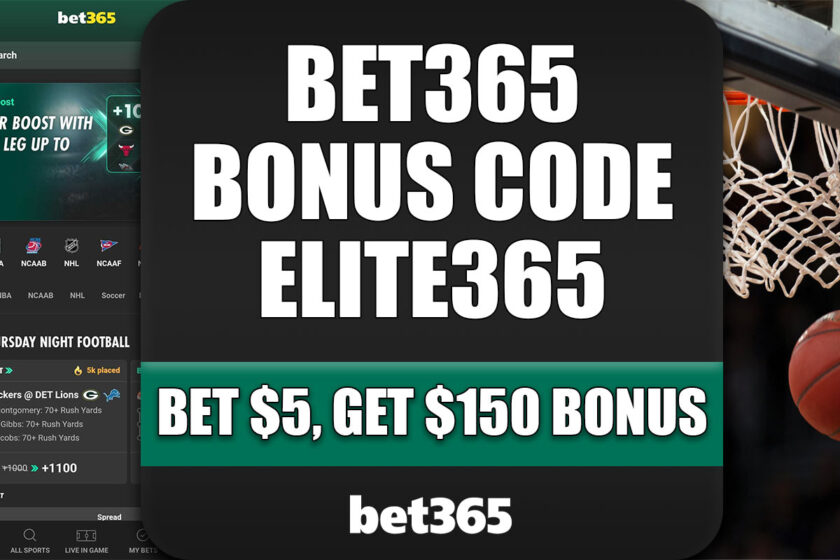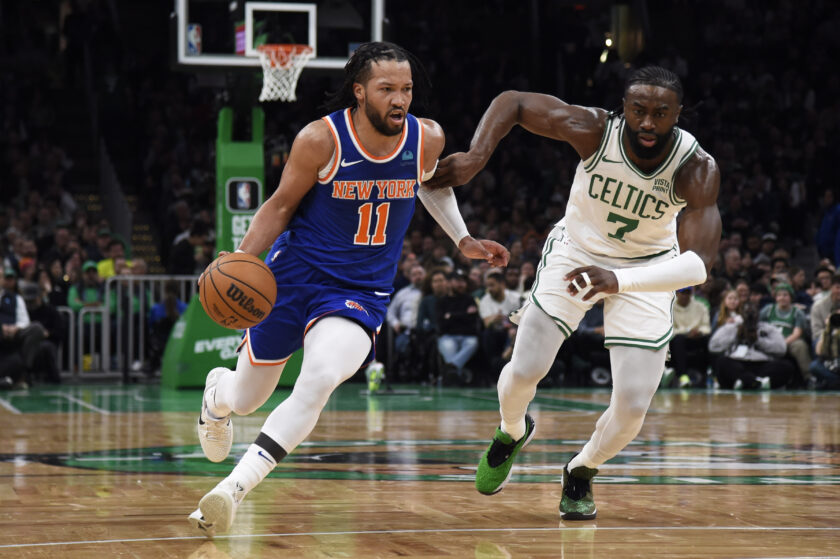Critical factors that will influence the direction of the New York Knicks

The New York Knicks were hit with a reality check during free agency. The youth movement is full-speed ahead, yet there may be roadblocks.
[sc name=”Geoffrey Campbell Banner”]New York Knicks fans enter the 2019-2020 season with tempered enthusiasm. An essential year two of the front office’s long-term plan, the Knicks are looking to build and provide evidence that their brand of player development is on par with other organizations in the NBA.
On a surface level, the message laid out by president of basketball operations, Steve Mills, general manager Scott Perry, and head coach David Fizdale has been consistent. Mills and Co. chastized past regimes for taking short cuts and irresponsible spending while promising a new dawn complete with talented draft picks, player development, financial flexibility, and the idea that elite stars would want to come here.
At least for the time being, the latter part of that philosophy seems a meal that will take a bit longer to cook and present at the dinner table. However, the cupboard, as they say, looks pretty good. Talent evaluation is everything, and I do believe that there are at least one or two studs in a list of players that currently includes Mitchell Robinson, RJ Barrett, Alonzo Trier, Kevin Knox, Ignas Brazdeikis, Julius Randle and Dennis Smith Jr.
Yet as we go a bit deeper questions must be asked about the front office’s plan, especially when that plan, at least at the beginning of the 2018-2019 season included Kristaps Porzingis. Although I was, and still am, in favor of trading the former All-Star, it’s reasonable to question and criticize an organization that has yet to provide a stable working atmosphere where players want to stay and develop.
Going forward, there will be roadblocks that the Knicks will need to navigate. Let’s take a look at some that they will face this season.
[sc name=”Knicks Title” text=”The temptation to trade” ]The Knicks will see some of the signs from this summer’s free agency period, and they will be tempted to trade for a star that wants out from another team. This, depending on the player and/or deal is not necessarily a bad thing.
When I say “signs” I mean the idea that stars around the league are teaming up and transitioning from a “Big 3” era to the dynamic duo. With the exception of Jimmy Butler, most free agents chose an organization that had at least one star or established young prospects on their way to becoming stars.
You can argue that maybe the Brooklyn Nets don’t have prospects on their way to becoming stars, but the combination of Jarrett Allen, Caris LeVert, Spencer Dinwiddie and even Rodions Kurucs is certainly respected around the league.
With that said, players like Karl Anthony-Towns, D’Angelo Russell, and Devin Booker (all from the 2015 draft class) may look to see if they can find different teams this season. Towns, as an extremely durable stretch five, is entering the prime years of his career where postseason games have to be in the cards. Russell may be a placeholder until Klay Thompson comes back from injury and the Phoenix Suns need to find out if Booker is in fact, the answer.
Additionally, names like Bradley Beal and Garry Harris may also find themselves on the Knicks radar. Beal will likely be the most sought after player under contract due to the Washington Wizard’s current state of affairs. And Harris may be the consequence of the Denver Nuggets impressive depth at the guard positions. Either way, because the Knicks have cap flexibility and draft picks, they will always be in the conversation for a star that wants out of their current situation.
[sc name=”Knicks Title” text=”David Fizdale’s development” ]The X’s and O’s of the modern game are still important. But more and more a coach earns his money by earning the trust of his players, helping them develop their games and managing different personalities in the locker room.
In year one, Fizdale showed that he was not scared of conflict. Arguably the team’s best player during the beginning of the year, Enes Kanter became increasingly frustrated with his decrease in minutes, voicing his displeasure through social media and during postgame interviews. Kanter even made reference to a lack of communication from Fiz about his playing time. Fiz did not agree.
Fizdale expressed that he had communicated with Kanter about his role after the Christmas Day game against the Milwaukee Bucks, as well as after the London trip when Kanter’s frustrations seemed to reach a peak.
David Fizdale says the priority for NYK is to develop centers Luke Kornet and Mitchell Robinson. That likely leaves Enes Kanter out of the regular rotation: pic.twitter.com/pr3pAI4WXP
— Ian Begley (@IanBegley) January 21, 2019
Fizdale also incorporated tactics like bringing in retired players, both from within and outside of the organization to speak with his young players. He also accompanied his players to playoff games during the past two postseasons. Whether these are main tenets of culture building for Fizdale’s Knicks remains to be seen, yet fans will be far more concerned with how Fiz develops his kids on the court.
Lineups and an identity on both offense and defense will be major talking points during the 2019-2020 season, and Fiz’s end of the year report card needs to be better. As David Vertsberger of SNY points out, most of Fizdale’s defensive scheme centered around protecting the paint and rotating to shooters. However, he did throw in an occasional zone defense to shake things up and would, at times, look to trap guards on a high pick-and-roll.
On offense, Fiz definitely gives his players the freedom to improvise. And while dribble hand-offs and pick-and-roll were staples of the Knicks offense, with more continuity, Knicks fans should look for Fizdale to implement and ask more of his young team.
[sc name=”Knicks Title” text=”The development of RJ Barrett and Mitchell Robinson” ]In baseball, the term “crown jewel” in the farm system suggests a franchise’s most prized asset, a future star. As things currently stand, both Barrett and Robinson appear to the Knicks’ most coveted assets.
Robinson’s trajectory towards an extension seems a bit more straight forward. The 20-year-old finished the season as an elite rim-protector and was selected to the All-Rookie second team. Robinson’s learning curve was steep due to missing a year of basketball after leaving Western Kentucky. However, according to his trainer Marcel Scott, after meeting with Kerry Kittles, Robinson started to learn the nuances of the game.
Marc Berman of the New York Post writes, “He was reaching too much,’’ Scott said. “Kerry showed him on the computer — you need to help on this, but if you help too far from the goal, it puts you in trouble. Sometimes (your teammate) is going to get beat in the NBA and you hold them accountable. A lot of credit to Kerry. Once he understood, it was ‘I see it now’ and he stopped taking chances like that.’’
[sc name=”Knicks Center”]Reports have stated that Robinson has been working on shooting the three-ball. Yet, his ability to change the game without having the ball in his hands will continue to be his most important skill. Just learning the game, staying out of foul trouble and keeping his ankles healthy will lead him closer to a big-money deal and a place on the Knicks roster as one of the franchise’s stars.
On the other hand, Barrett, despite his pedigree and age, has already polarized Knicks fans jumping the gun after and up and down summer league. Barrett came into the league with concerns about his shooting, athleticism, defense, and shot-selection. The latter two concerns are almost always synonymous with highly-touted young offensive talents.
However, if summer league told us anything, it’s that Barrett’s strength, which is getting to the hoop and finishing, should be on display almost immediately. While at Duke, of his 238 attempts at the rim, Barrett scored 65.13 percent of the time.
This was the FIRST aggressive first-step (don't overthink it) move from RJ Barrett this summer. He's gotta let it flow and stop thinking. #Knicks pic.twitter.com/ilD551VZzF
— ESNY Knicks Film Room (@knicksfilmroom) July 10, 2019
Add on the fact that Barrett, as a lead or secondary ball-handler, will get many opportunities to get into the paint, and drive and kick out to shooters like Knox, Wayne Ellington, and when healthy, Reggie Bullock. The key will be Barrett’s resiliency. Can he deal with the occasional DNP, how will be bounceback after struggling with his shot? How will he improve as a defender? Indeed’s Barrett’s development is almost as paramount as any one factor when forecasting the Knicks as a franchise over the next five years.
In closing, I’ll say that the Knicks, despite looking like the kid who just got denied during a middle-school dance, are in a decent position. The narrative will always be that the Knicks can’t stick to their plans until they actually do. Credit them for staying the course thus far, but a left turn on any one of these aforementioned topics could have drastic effects going forward. If you’re left standing at the altar and have to pick up the pieces, the only way to do that is to take it one day at a time.
The Knicks are doing that.
[sc name=”Twitter Follow Link” username=”geoff_boy_ardee” ] [sc name=”Knicks Link Next” link=”https://elitesportsny.com/2019/08/13/new-york-knicks-schedule-the-5-cant-miss-games-from-next-season/” text=”New York Knicks Schedule: The 5 Can’t-Miss Games” ]




